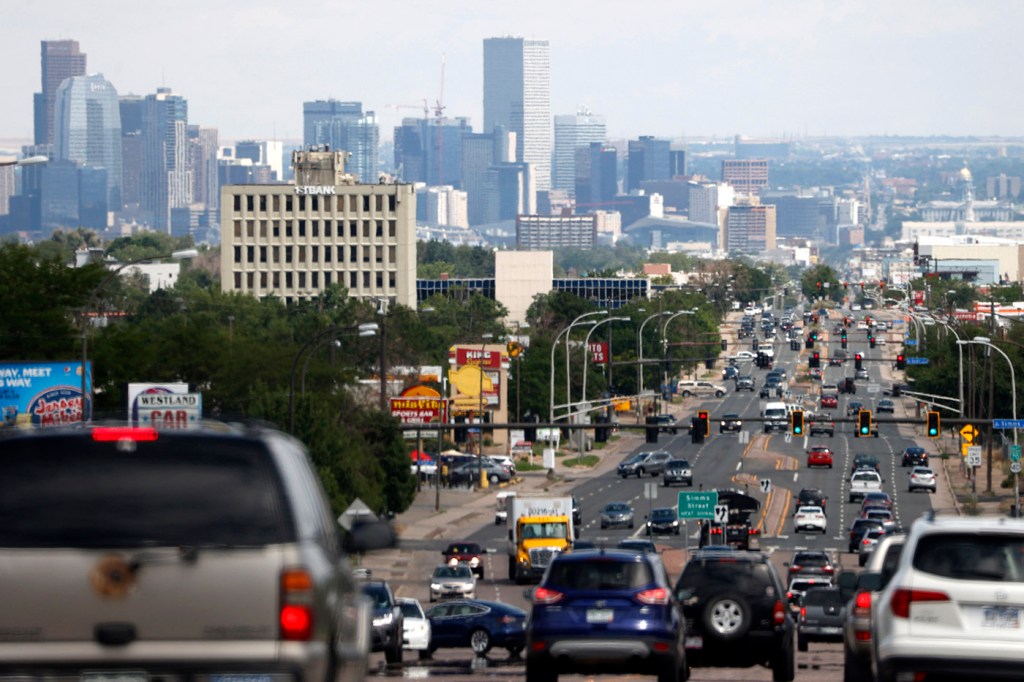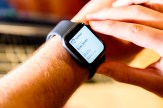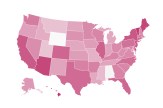Fewer people are using public transportation in the US. Here’s why that’s trouble in the long run.

Nearly five months into pandemic lockdown in the United States, people are walking and driving more but using public transportation nearly half as much as they were in January, according to data from Apple. But eschewing public transportation in the long run could have serious longterm health and environmental consequences down the road, says Sara Jensen Carr, assistant professor of architecture at Northeastern.
“There is such fear of public transportation right now, and that narrative is going to be difficult to overcome,” says Carr, who studies how the urban landscape affects human health.
Requests for driving directions are up 34 percent from mid-January, and walking directions are up 18 percent across the U.S., according to data released by Apple as part of its Mobility Trends Report. But transit routings tell a different story, down 47 percent in that same time period.
Steep drop-offs in any form of transportation in March tell the story of millions of would-be commuters suddenly working from home, as the COVID-19 pandemic swept through the U.S. As states slowly started phasing remote workers back into their offices over the spring and summer, the transportation trend lines follow suit—with a notable exception.
In June, the U.S. Centers for Disease Control and Prevention advised that people returning to work should drive by themselves if possible, rather than take public transportation or carpool—a suggestion that reverses years of public policy designed to reduce carbon emissions.
And, Carr says, the decision in many cities to reduce the frequency of mass transportation has made trains and buses more crowded and likely made trips to and from work more dangerous for the essential workers who rely upon them.
“I’m very concerned, because although we’ve seen huge changes in some parts of daily life, we haven’t seen a lot of change when it comes to public transportation,” she says. “This is an opportunity to make trains and buses healthier places in general, not just during this pandemic.”
Designing trains and buses that allow for good airflow, comfortable seating, and appropriate density could mean better health for commuters in the long run, Carr says.
“For much of the last century in the U.S., cars have driven development,” she says. “We haven’t seized the opportunity to turn that ship around, but we could.”
For media inquiries, please contact media@northeastern.edu.





